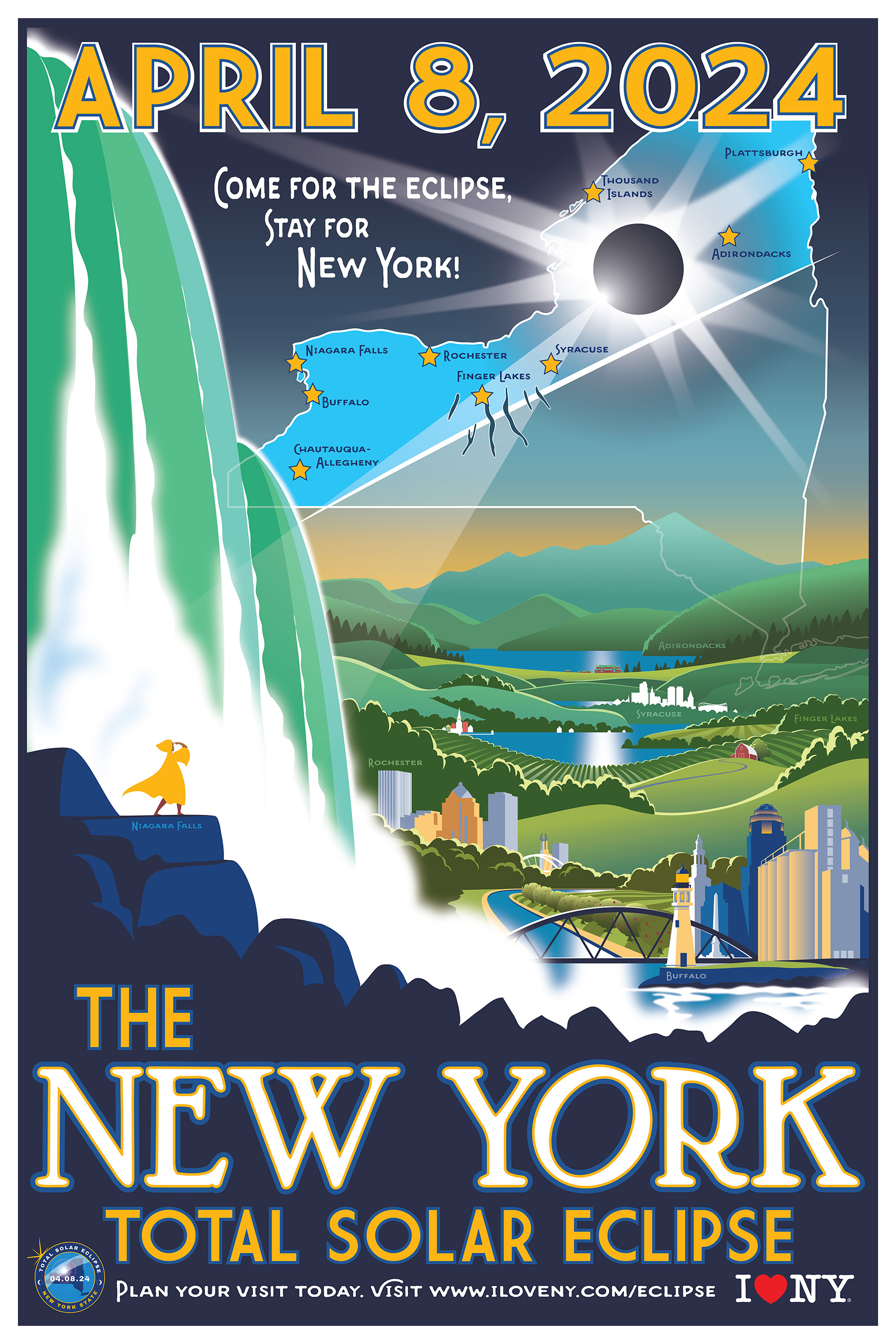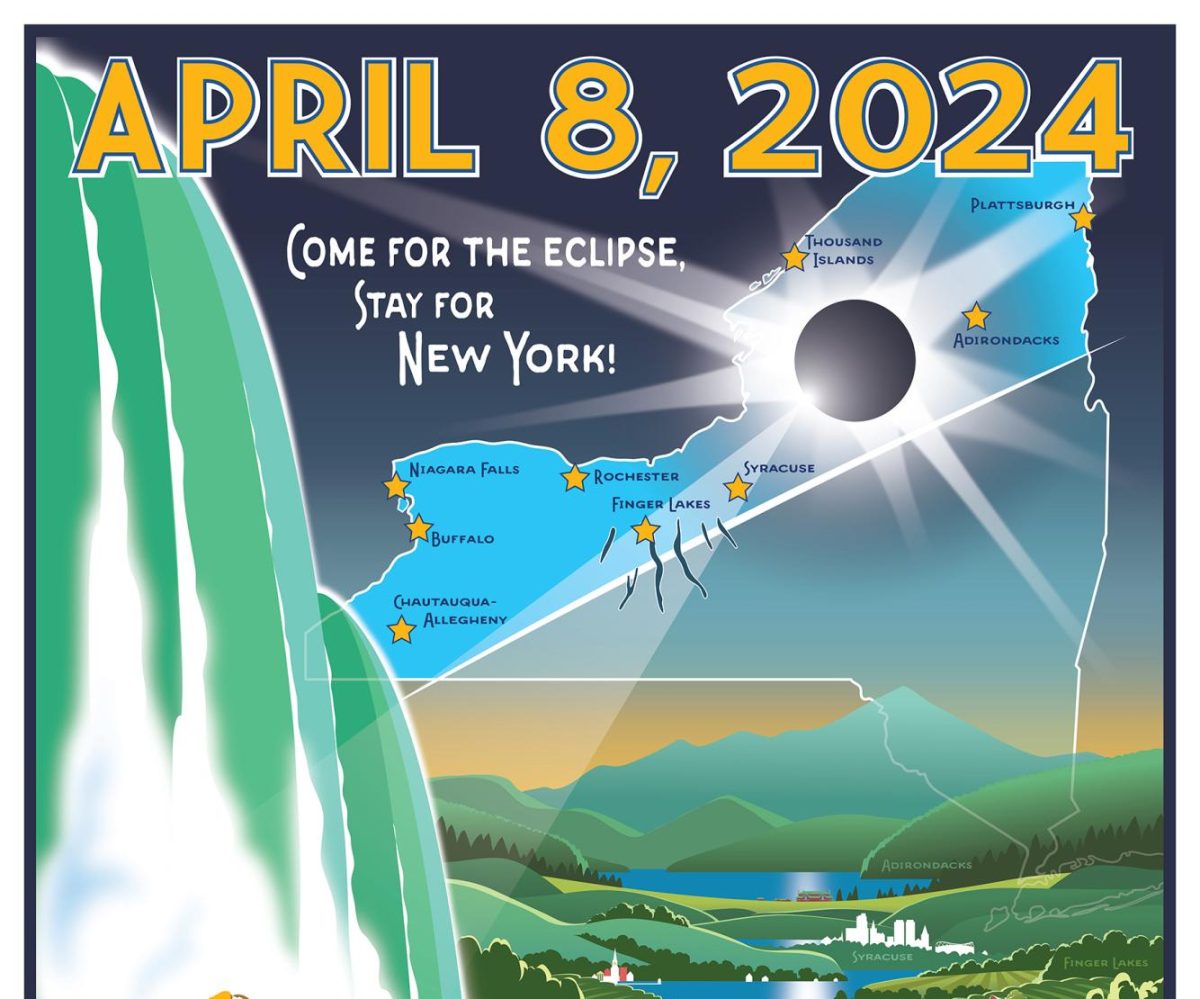 On April 8th, a solar eclipse will be visible across the United States, ranging from Texas all the way to Maine. If you remember from 2017, a total solar eclipse is when the Moon travels between the Earth and the sun, blocking all light besides the sun’s atmosphere with its shadow (aka the corona). An annular eclipse is when the Moon travels in front of the sun, but doesn’t completely cover it. This leaves a “ring of fire” visible.
On April 8th, a solar eclipse will be visible across the United States, ranging from Texas all the way to Maine. If you remember from 2017, a total solar eclipse is when the Moon travels between the Earth and the sun, blocking all light besides the sun’s atmosphere with its shadow (aka the corona). An annular eclipse is when the Moon travels in front of the sun, but doesn’t completely cover it. This leaves a “ring of fire” visible.
Compared to the solar eclipse in 2017, this eclipse’s path of totality where you can see the Moon completely blocking the Sun is much wider due to the sun being closer in orbit than in August of 2017. The path of totality is expected to be around 108-122 miles wide, and an estimated 31.6 million Americans live with that width. But don’t let the path of totality get you down— 99% of Americans will still be able to see partial views of the eclipse, even those in Alaska and Hawaii.
The sun will also be near solar maximum which happens when the sun’s magnetic field becomes asymmetrical. This asymmetry causes solar flares, streamers and coronal ejections that might become more visible during the solar eclipse. And remember, don’t look at the eclipse without proper eye protection.
Experts also say that the period of totality should be a minute or two longer across the US than in 2017. Unfortunately, to be completely in the path of totality, you’ll have to travel up and over into western New York into cities like Rochester, Jamestown and Syracuse. Or, you could stay in the Finger Lakes, hop on the Maid of the Mist in Niagara Falls or go camping/hiking in the Adirondacks.
The next full solar eclipses in the US aren’t expected until 2044 in Montana and North Dakota and 2045 when it crosses from California to Florida.






